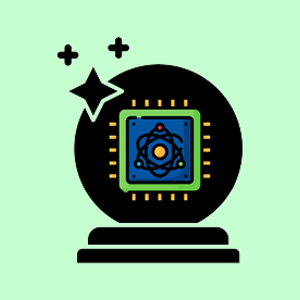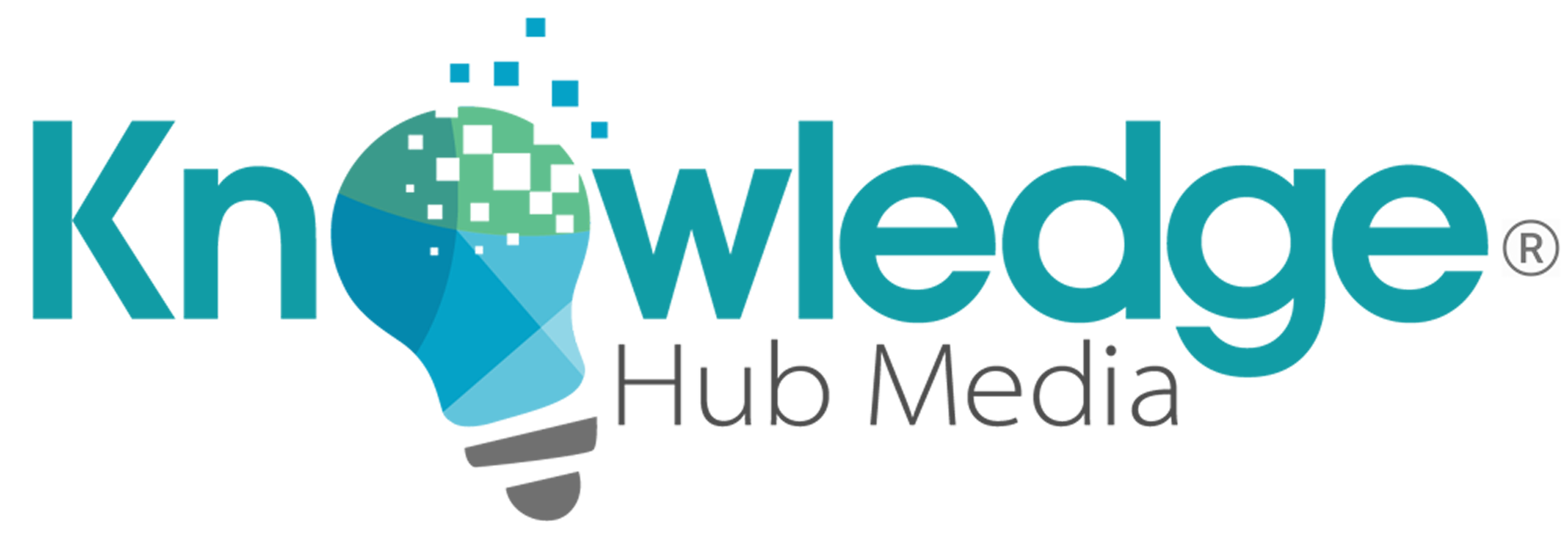 Quantum computing is no longer a futuristic concept—it’s rapidly becoming a strategic reality for tech companies, researchers, and governments. As we progress through 2025, the quantum landscape is evolving quickly, with new breakthroughs, increased investment, and early real-world applications. Here’s a look at the latest updates and what to expect next.
Quantum computing is no longer a futuristic concept—it’s rapidly becoming a strategic reality for tech companies, researchers, and governments. As we progress through 2025, the quantum landscape is evolving quickly, with new breakthroughs, increased investment, and early real-world applications. Here’s a look at the latest updates and what to expect next.
Major Updates in Quantum Computing (So Far in 2025)
IBM’s 1,386-Qubit Chip Surpasses Expectations
IBM’s newest quantum processor, codenamed Condor, now leads the field with 1,386 qubits. Beyond the raw qubit count, improvements in coherence time and error correction are making scalable, useful quantum systems more feasible. IBM also unveiled a new supercomputer architecture designed for hybrid classical-quantum computing workloads.
Google’s Breakthrough in Quantum Error Correction
Google Quantum AI announced a major leap in error-corrected qubit fidelity through its surface code approach. This development brings the industry closer to fault-tolerant quantum computing, enabling longer and more reliable quantum operations.
PsiQuantum’s Progress in Photonic Quantum Systems
PsiQuantum, which is working to build a million-qubit photonic quantum computer, reported successful integration of quantum modules into conventional semiconductor manufacturing processes. This achievement moves them closer to delivering a scalable, room-temperature quantum system.
Microsoft’s Topological Qubit Milestone
Microsoft has made progress in experimentally validating its topological qubit architecture. This qubit type, long viewed as highly stable but difficult to realize, could offer significant benefits for building fault-tolerant quantum systems.
Growth of Quantum-as-a-Service (QaaS)
Cloud-based quantum computing services are expanding through platforms like AWS Braket, Azure Quantum, and IBM Quantum. In 2025, more startups and research institutions are experimenting with real quantum hardware and hybrid quantum-classical algorithms across a variety of industries.
Industries Experimenting with Quantum Applications
-
Pharmaceuticals are leveraging quantum simulations to model protein folding and molecular interactions with greater accuracy.
-
Finance firms are testing quantum annealing for tasks such as portfolio optimization and fraud detection.
-
Energy companies are exploring quantum models to simulate materials for battery development and carbon capture technologies.
-
Logistics providers are using quantum-inspired algorithms to improve supply chain optimization and routing.
What to Expect Next in Quantum Computing
Quantum Advantage in Specific Use Cases
The industry is approaching quantum advantage in targeted areas such as molecular simulation and optimization. Within the next year, expect announcements claiming quantum systems that outperform classical computers for select applications.
Improved Error Correction Techniques
As error correction remains a critical challenge, ongoing research in 2025 is focusing on both hardware-level innovations and software-based error mitigation to improve the reliability of current quantum devices.
Expanded Government and Corporate Initiatives
Governments around the world, including the United States, China, India, and members of the European Union, are significantly increasing funding for national quantum programs. Meanwhile, companies like Intel, Amazon, and Nvidia are ramping up investment in quantum R&D and hardware development.
Emergence of New Qubit Technologies
Breakthroughs are expected in alternative qubit architectures such as neutral atoms, NV centers in diamond, and two-dimensional materials like twisted bilayer graphene. These approaches offer the potential for more scalable and resilient quantum devices.
Growth in Quantum Education and Workforce Development
With the growing demand for quantum-literate professionals, there has been a rise in university programs, corporate training, and specialized bootcamps. Building a skilled workforce is becoming a key focus for companies investing in quantum technology.
Conclusion
2025 marks a critical transition period in quantum computing, with real progress being made toward usable, scalable systems. While large-scale commercial applications are still emerging, the momentum is building. Organizations that begin exploring quantum technologies now will be better prepared to lead in the next wave of computing innovation.
